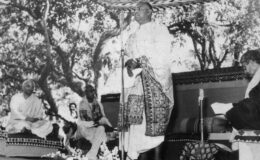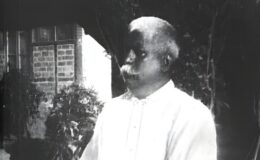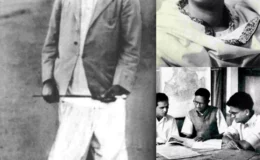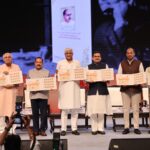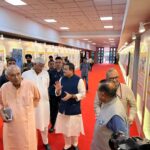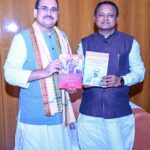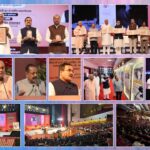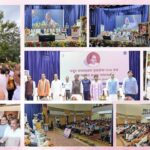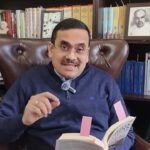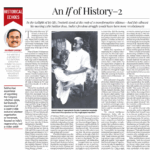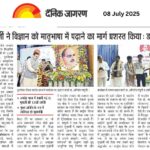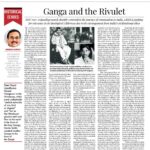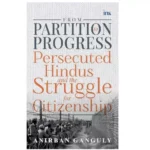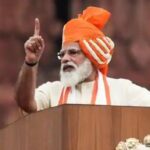THEY FACED BULLETS TOO FOR THE COUNTRY
- By : Anirban Ganguly
- Category : Articles
Freedom-fighters of the pre-Gandhian phase have largely received a raw deal in history. It is time for us to remember their sacrifices
As the West prepares to mark the centenary of World War I in 2014, we would do well in India to observe the centenary of other efforts undertaken by our own forgotten countrymen in their quest for the country’s freedom. Lest a society such as ours, obsessively possessed with contemporary politics, forgets to pay that homage, a few lines in memorial or in preparatory commemoration may perhaps be in order.
While 1914 saw a large number of Indian soldiers fighting for the Empire in distant lands, it also saw a herculean effort made to stitch together a formidable global network in support of the Indian revolution. Sensing the opportunities in it for India, an intrepid group of Indian revolutionaries took advantage of the first Western conflagration to fan out across continents in support of their struggling compatriots at home and made efforts to spread the true story of an India in bondage.
Introducing his seminal work on the Indian revolutionaries and their network abroad, historian AC Bose, for example, made a poignant observation when he wrote that while it was perhaps true that India achieved her independence through non-violent means, “a fair section of patriotic Indians resorted to other means for the same end, and their struggles and sufferings strengthened the Indian national movement.” It was the saga of their sacrifice both at home and abroad, argued Bose, which “more than anything else provided the Indian national movement with the necessary emotional thrust and helped changing its tone from that of a sophisticated debating society to that of a popular struggle.”
2014 essentially announces the centenary of the actions of this very group. Some names which crowd the mind when recalling its heroic saga are those of Jatindranath Mukherjee, Rashbehari Bose, Taraknath Das, Sufi Amba Prasad, Sardar Ajit Singh, Pandurang Khankoje, Mahendra Pratap and a host of others. The formation of the Berlin Committee (Indian Independence Committee) during this period, of which Bhupendranath Dutta, younger brother of Swami Vivekananda was a leading light, the Komagata Maru episode, the martyrdom of Jatin in the battle of Balasore, the formation of the Provisional Government of Free India in Kabul, all these landmarks in the violent struggle for Indian freedom shall soon attain their centenary. Ironically they are names and events that are not so familiar anymore, is it perhaps because they have not left behind political heirs or ideological legacies.
It was this period which saw one of the greatest movement of revolutionary mobilisation. Astute strategists, fearless implementers with a burning sense of freedom some of these names straddled continents and were equally at ease in different worlds. While their compatriots in India struggled against odds to shape a wide revolutionary movement the question that ‘haunted’ them most was how best to help their partners in revolution at home “and supplement their efforts from their own vantage points abroad.”
Recalling this interesting and moving period of our national history and its principal protagonists, noted historian of the pre-Gandhian phase of the Indian revolution, Prithwindranath Mukherjee, author of Les Racines Intellectuelles du Mouvement D’Indépendance de L’Inde (1893-1918) has argued, somewhat boldly, that “those who are recognised and rewarded had been supposedly by the side of Gandhiji, no matter whether they fought for the country or not. Others belonging to the pre-Gandhian phase (1893-1918) had known the message of ma phaleshu and sacrificed all they had — in certain cases, up to the last drop of their own blood — for the cause of the Motherland.”
This year offers an opportunity to rectify that imbalance and to commemorate that sacrifice.

